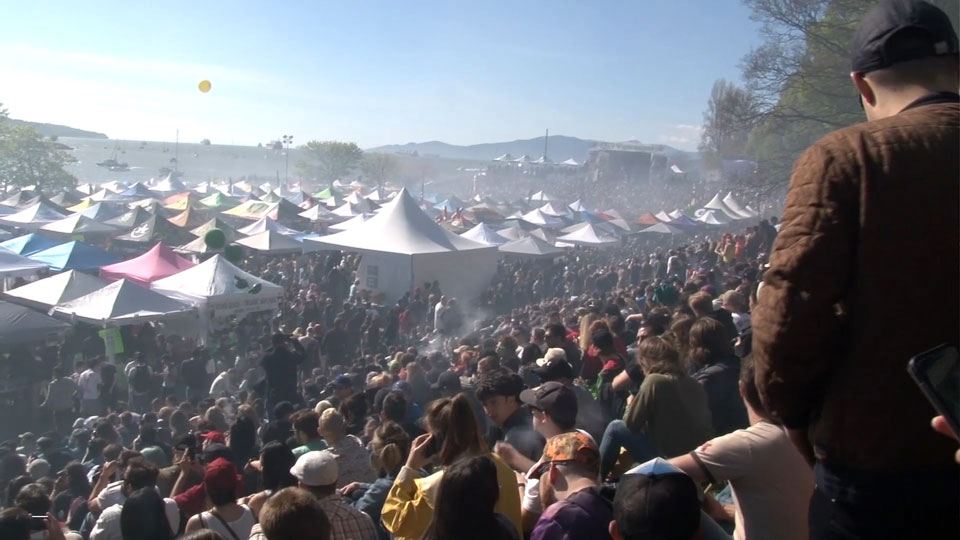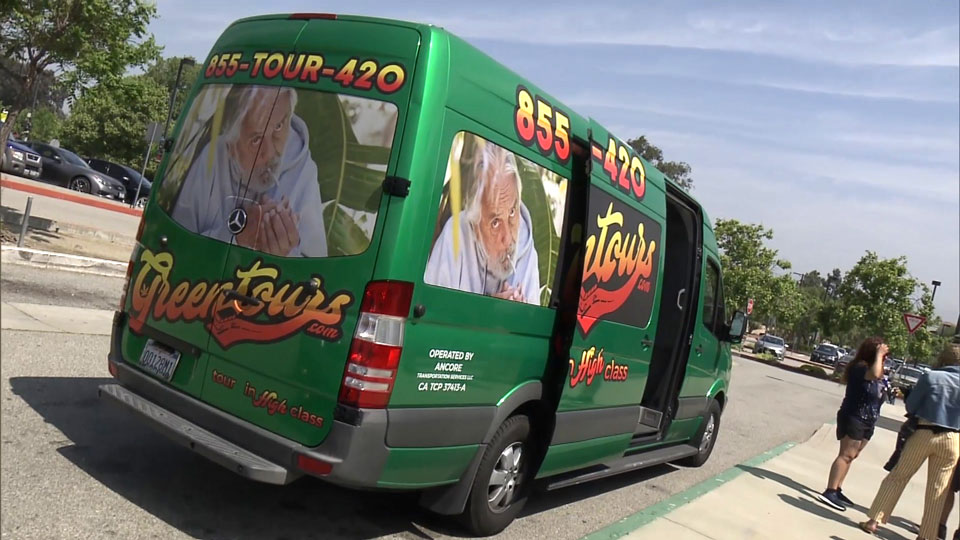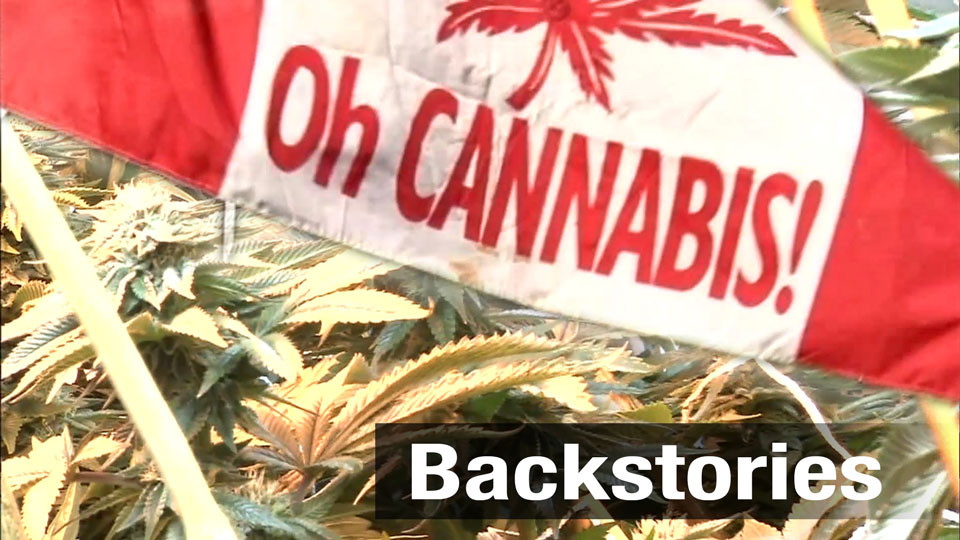This was the scene earlier this year in Sunset Beach park in Vancouver, perhaps the most marijuana-friendly city in a nation that legalized the plant last year. The event, known as "420 Vancouver," is called a protest by its organizers, but it feels more like a carnival, complete with commercial stalls, costumed revelers and an atmosphere of celebratory abandon.
The term “420” has a mythologized origin, but it’s widely used by pot smokers to refer to a customary time of day for consuming marijuana.
“Our first event was 25 years ago, and there were 20 or 30 people in a small park nervously having a puff and hoping they weren't going to get arrested,” says Dana Larsen, 420 Vancouver’s chief promoter. “But then it just got bigger and bigger. We expect 100,000 people to roll through here during the day.”

The federal legalization of marijuana in Canada is in keeping with national attitudes toward the drug. Almost 70 percent of Canadians supported legalization in a nationwide poll in 2016. Since the law changed in October, use of the drug has spiked: 18 percent of Canadians aged 15 and older used marijuana in the first quarter of 2019, up from 14 percent during the same period last year.
And these numbers are translating into good business. Consumer spending on cannabis and related products in North America totaled around $86 billion in 2018, accounting for a quarter of global demand, according to New Frontier Data, a marijuana market research firm.
Investment in North American marijuana businesses came to $10 billion in 2018 and is expected to increase to $16 billion in 2019, the company told the Associated Press. The biggest marijuana companies in the US and Canada are all worth well over a billion dollars.
While still banned by federal law in the US, 10 states have also legalized the recreational use of marijuana, and 15 others have decriminalized it. In most of the US, medical marijuana is legally permitted to help with symptoms for a range of ailments, including pain and loss of appetite.
In many US cities, the changing laws have been a boon for the marijuana tourism industry, which allows international and out-of-state visitors to get high and learn about the subculture of marijuana.
"We cater to international clientele on almost every tour we do," says Gene Grozovsky, who runs Green Tours, a marijuana tour bus company in Los Angeles. “We get visitors from Europe, South America and Asia. People are eager to try the drug."

"Recently, we had a family come in from Japan,” he says. “It was a 23-year-old woman who’d gone to school in California, and she brought her mom and dad and grandmother along for the tour. They were skeptical at first and told us all about how it was illegal in Japan. But then they smoked for the very first time and ended up having the time of their lives."
Marijuana is illegal in Japan, and growing or selling the plant can result in a jail term of up to seven years. Japanese authorities have even warned citizens against using the drug in countries where it’s legal to do so.

